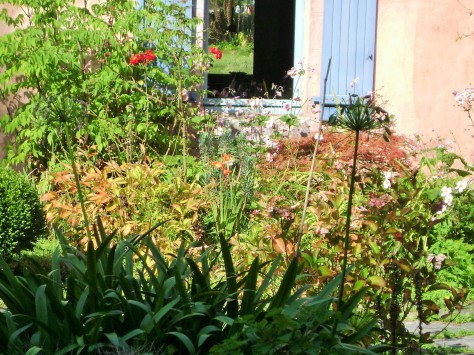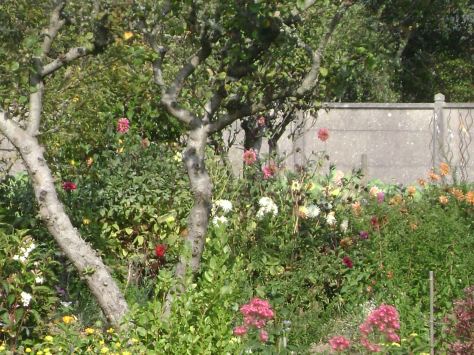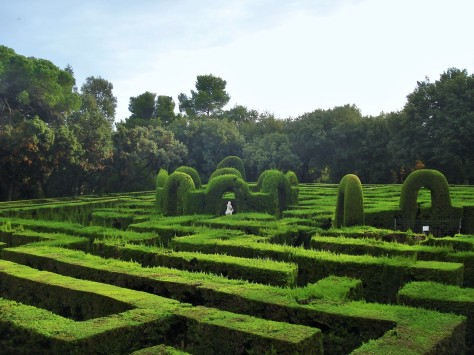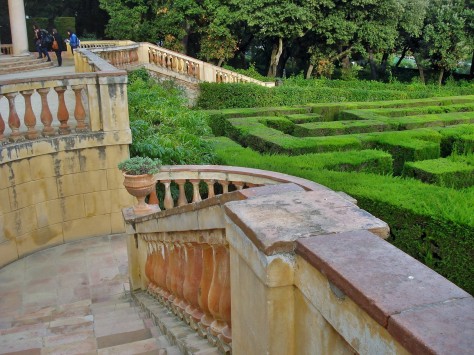Located in the Horta district in northern Barcelona, the Labyrinth Garden was created in the late 18th century by the owner of the estate, marquis Joan Antoni Desvalls i d’Ardena, who commisioned Italian garden architect Domenico Bagutti. This is when the maze was created and part of the gardens in the neo-classical style.
In the mid 19th century, the gardens were then expanded by the marquis descendants to expand the garden in the romantic style with a waterfall, large trees, gazebo, statues, and flower beds.
This garden is the oldest of its kind in Barcelona. The family turned it over to the city in 1967, and it opened as a public park in 1971.
To read more about this garden, click here, here, or here for Wikipedia.
The park can be roughly divided into three main areas: the first includes the country house and adjacent gardens, the second would be the 18th century maze and pavilion, the third includes the romantic garden and waterfall.
In this post, I will focus on the first area of the park. The house was originally built as a country house in the 14th century, but was substantially redone in the 19th century with a moorish inspiration. The walled gardens are done in a formal style.




From the front of the house:


Just outside the walls, a round terrace is the starting point for alleys leading to other parts of the park, an arbor, a statue, or ornate stairs to a terraced garden area.




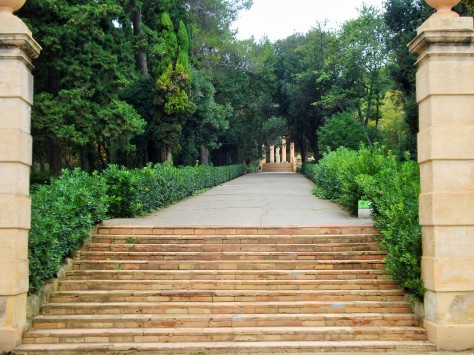

The walls themselves are quite ornately decorated and lined with plantings.












